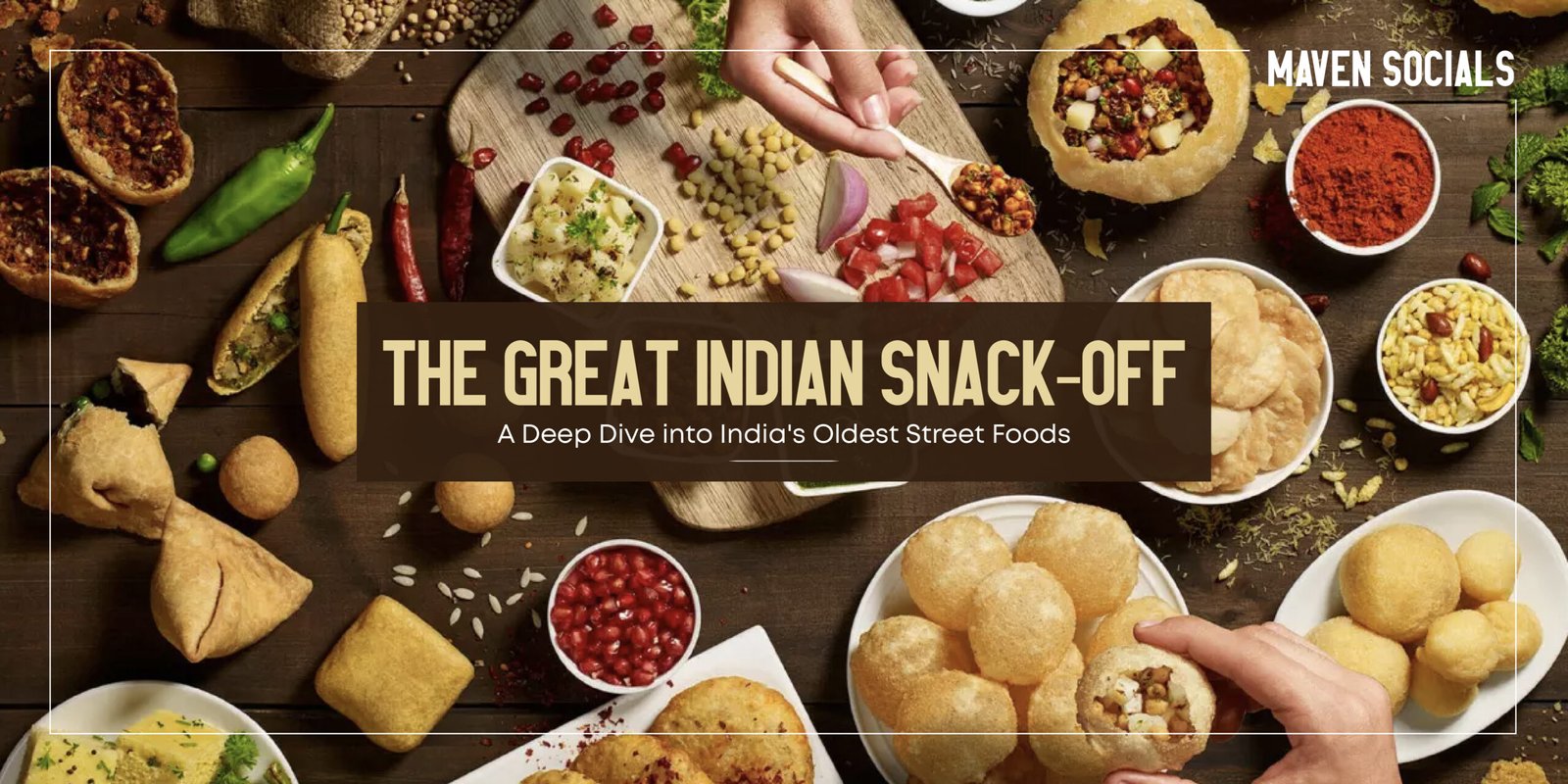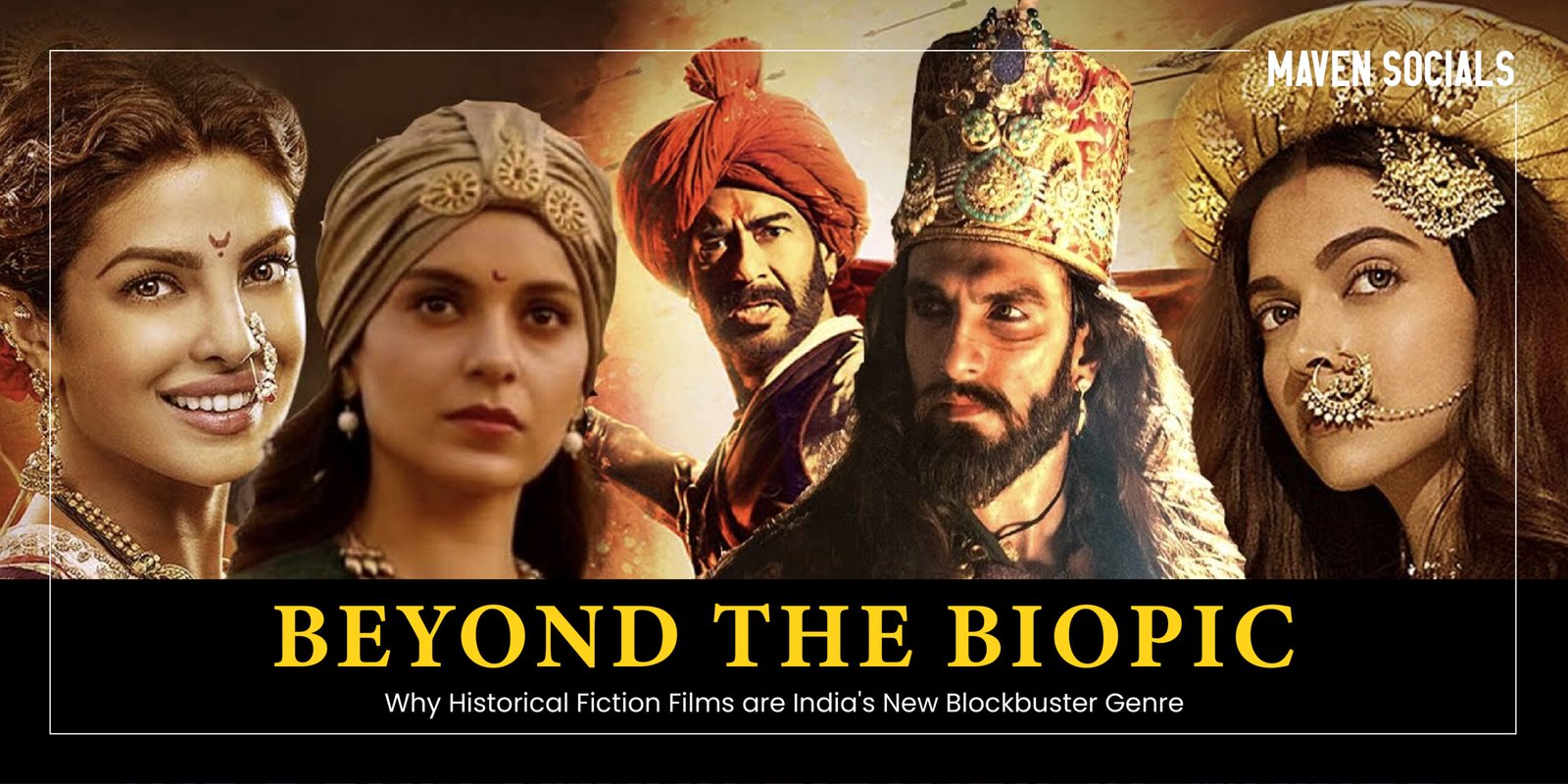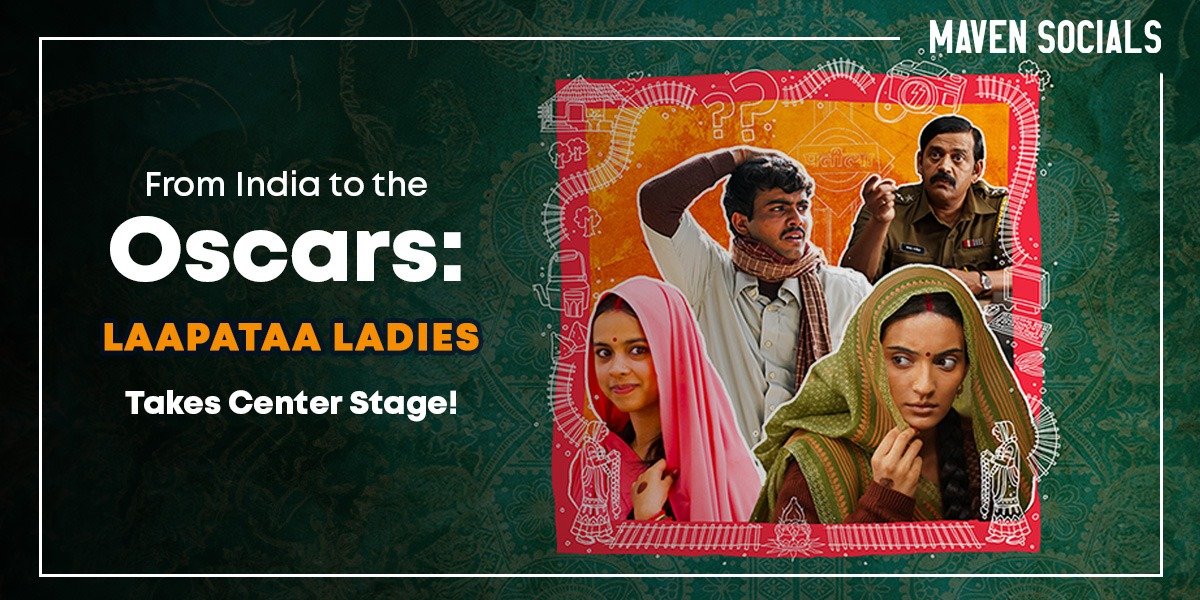The landscape of Indian cinema is experiencing a seismic shift. While Bollywood once dominated box offices and conversations, regional cinema has emerged as the true torchbearer of innovative storytelling, authentic narratives, and artistic excellence. From the rustic charm of Malayalam films to the gritty realism of Marathi cinema, regional film industries are not just competing with mainstream Bollywood—they’re redefining what Indian cinema can be.
This transformation reflects a broader cultural awakening where audiences are gravitating toward content-driven films that prioritize substance over spectacle. The result? A renaissance that’s putting regional cinema at the forefront of the Indian film industry.
The Great Box Office Reversal: When Content Trumps Star Power
The numbers tell a compelling story. In recent years, regional films have consistently outperformed big-budget Bollywood blockbusters, both critically and commercially. Movies like “KGF: Chapter 2” (Kannada), “RRR” (Telugu), and “Kantara” (Kannada) have not only dominated domestic box offices but have also gained international recognition.
This shift represents more than just changing box office dynamics—it signals a fundamental transformation in audience expectations. Viewers are increasingly rejecting formulaic narratives in favor of authentic stories that resonate with real experiences. Regional cinema, with its deep cultural roots and uncompromising artistic vision, has filled this void perfectly.
The success of these films has forced industry observers to reconsider their understanding of commercial viability. Star power and massive marketing budgets are no longer guaranteed recipes for success. Instead, compelling storytelling, strong direction, and authentic performances have become the new currency of cinematic success.
Malayalam Cinema: The Gold Standard of Narrative Excellence
Malayalam cinema stands as perhaps the finest example of how regional film industries have elevated Indian storytelling. Known for its sophisticated narratives and realistic portrayals, Malayalam films have consistently pushed creative boundaries while maintaining commercial appeal.
Directors like Lijo Jose Pellissery, Dileesh Pothan, and Mahesh Narayanan have created a new cinematic language that blends art house sensibilities with mainstream accessibility. Films like “Jallikattu,” “The Great Indian Kitchen,” and “Minnal Murali” showcase the industry’s ability to tackle diverse themes—from social commentary to genre filmmaking—with equal finesse.
What sets Malayalam cinema apart is its commitment to character-driven narratives. Rather than relying on larger-than-life heroes, these films focus on ordinary people facing extraordinary circumstances. This approach creates an emotional authenticity that resonates deeply with audiences across linguistic barriers.
The industry’s technical prowess deserves special mention. Malayalam films consistently demonstrate high production values, innovative cinematography, and stellar sound design, proving that regional doesn’t mean compromised quality. This technical excellence has helped Malayalam cinema gain respect not just domestically but internationally as well.
Tamil and Telugu Cinema: Spectacle Meets Substance
The Tamil and Telugu film industries have masterfully balanced commercial entertainment with meaningful content. These industries have produced some of India’s most ambitious and successful films, proving that regional cinema can compete on any scale.
Tamil cinema has given us directors like Vetrimaaran, who brings raw authenticity to rural narratives, and Pa. Ranjith, who fearlessly addresses social issues through his films. Movies like “Asuran” and “Sarpatta Parambarai” demonstrate how Tamil filmmakers are using cinema as a tool for social commentary while never compromising on entertainment value.
Telugu cinema, particularly through the works of directors like S.S. Rajamouli and Sukumar, has redefined the scope of Indian filmmaking. “Baahubali” and “RRR” didn’t just break box office records—they expanded the global perception of what Indian cinema could achieve. These films proved that regional industries could create world-class entertainment that appeals to both local and international audiences.
The success of these films lies in their ability to blend traditional storytelling techniques with modern filmmaking technology. They respect their cultural heritage while embracing contemporary cinematic language, creating a unique aesthetic that’s distinctly Indian yet globally appealing.
Marathi and Bengali Cinema: The Torch of Social Realism
Marathi and Bengali cinema have long been associated with artistic excellence and social consciousness. These industries continue to produce films that serve as mirrors to society, reflecting complex realities with nuance and sensitivity.
Marathi cinema, through directors like Nagraj Manjule and Chaitanya Tamhane, has consistently addressed social issues while maintaining high artistic standards. Films like “Fandry” and “The Disciple” showcase the industry’s commitment to authentic storytelling and its willingness to tackle uncomfortable truths.
Bengali cinema, with its rich literary heritage, continues to produce thoughtful, character-driven narratives. Directors like Kamaleshwar Mukherjee and Srijit Mukherji have created films that honor the industry’s artistic legacy while appealing to contemporary sensibilities.
Both industries share a common commitment to realistic portrayals and meaningful content. They prove that cinema can be both entertaining and enlightening, commercial and artistic, accessible and profound.
The OTT Revolution: Breaking Down Linguistic Barriers
The rise of OTT platforms has been perhaps the most significant catalyst in the regional cinema renaissance. Streaming services like Netflix, Amazon Prime Video, and Disney+ Hotstar have made regional content accessible to pan-Indian and global audiences, effectively breaking down the language barriers that once limited these films’ reach.
This accessibility has created a virtuous cycle. As more people discover and appreciate regional cinema, demand increases, leading to better funding and wider distribution for these films. The result is a flourishing ecosystem where quality content finds its audience regardless of language or geography.
Streaming platforms have also provided regional filmmakers with creative freedom. Unlike theatrical releases that often require commercial compromises, OTT platforms allow for more experimental and niche content. This has led to an explosion of diverse stories and innovative filmmaking techniques.
The Evolving Indian Audience: A New Cinematic Consciousness
Perhaps the most crucial factor in regional cinema’s success is the evolution of the Indian audience. Contemporary viewers, particularly younger demographics, are more discerning and globally aware. They’re exposed to international content and appreciate quality storytelling regardless of its origin.
This sophisticated audience has rejected the formulaic approach that dominated mainstream cinema for decades. Instead, they seek authentic stories, complex characters, and innovative narratives. Regional cinema, with its diverse perspectives and uncompromising artistic vision, perfectly caters to these evolving tastes.
Social media has also played a crucial role in this transformation. Platforms like Twitter and Instagram have democratized film criticism and recommendation, allowing quality content to gain recognition through word-of-mouth rather than marketing budgets alone.
The Future of Indian Cinema: A Regional Renaissance
As we look toward the future, it’s clear that regional cinema will continue to shape the Indian film industry’s trajectory. These industries have proven that authentic storytelling, cultural specificity, and artistic integrity are not obstacles to commercial success—they’re the foundation of it.
The success of regional cinema is redefining what it means to be “mainstream” in Indian entertainment. Language is no longer a barrier; quality is the only currency that matters. This shift promises a more diverse, innovative, and authentic future for Indian cinema.
The director’s cut of Indian storytelling is being written by regional filmmakers who understand that great cinema doesn’t need to compromise its soul for success. As audiences continue to embrace content-driven films, regional cinema stands poised to lead Indian filmmaking into its most exciting chapter yet.
In this new era, every region has a story to tell, and every story deserves to be heard. The revolution isn’t just changing Indian cinema—it’s redefining it entirely.
Frequently Asked Questions (FAQs)
1. What is regional cinema in India?
Regional cinema refers to films produced in various Indian languages other than Hindi, including Malayalam, Tamil, Telugu, Kannada, Marathi, and Bengali cinema. These film industries create content that reflects local cultures, traditions, and storytelling styles, and have gained significant popularity for their authentic narratives and innovative filmmaking approaches.
2. Why is regional cinema becoming more popular than Bollywood?
Regional cinema is gaining popularity because it offers content-driven stories, authentic cultural narratives, and strong character development. Films like KGF, RRR, and Kantara have proven that audiences prefer compelling storytelling over formulaic plots. The rise of OTT platforms has also made regional films accessible to wider audiences, breaking language barriers.
3. Which regional cinema is best in India?
Malayalam cinema is often considered the gold standard for narrative excellence and realistic storytelling. However, Tamil and Telugu cinema excel in balancing commercial entertainment with meaningful content, while Marathi and Bengali cinema are renowned for social realism and artistic depth. Each regional industry has its unique strengths and contributes significantly to Indian cinema.
4. How have OTT platforms helped regional cinema grow?
OTT platforms like Netflix, Amazon Prime Video, and Disney+ Hotstar have revolutionized regional cinema by making films accessible to pan-Indian and global audiences. These streaming services have eliminated language barriers through subtitles and dubbing, allowing quality regional films to reach viewers who wouldn’t otherwise have access to them, significantly expanding their market and recognition.
5. What are some of the most successful regional films in recent years?
Recent successful regional films include KGF: Chapter 2 (Kannada), RRR (Telugu), Kantara (Kannada), Baahubali series (Telugu), Asuran (Tamil), Jallikattu (Malayalam), and The Great Indian Kitchen (Malayalam). These films have achieved both critical acclaim and commercial success, often outperforming big-budget Bollywood productions at the box office.














